Clean Label Conference Summary
For the second year in a row, Third Wave Bioactives was a sponsor, exhibitor, and attendee of the Global Food Forum’s Clean Label Conference outside of Chicago, IL. This year’s conference was well attended and provided ample opportunity to collaborate with food manufacturers and ingredient suppliers all looking to create or help provide clean label solutions.
The conference kicked off with an insightful look at You Are What You Eat: New and emerging consumer views of what should be in foods presented by Elizabeth Sloan, President of Sloan Trends, Inc. Elizabeth spoke about growing trends of today’s shoppers with statistics such as over 50% of shoppers prefer foods and beverages with no artificial additives and the same percentage are looking for foods that exclude unwanted ingredients, which is higher than those looking for foods with added beneficial ingredients. In addition, over 40% of shoppers have stopped buying a particular food based on the ingredient list. This information was then tied into some trends that are being found in the Clean Label market today, in that over 30% of all food & beverage sales are now considered clean label. In more specific categories, the growth of clean label deli & dips have increased 12% compared to an increase of only 4% for the same foods using traditional preservatives and additives. Her talk also included insights into megatrends, big opportunities for clean label, as well as predictors for the next opportunities in this market.
The next speaker, Lauren Swann, President of Concept Nutrition, Inc. followed with Ingredient Labeling to Capture Consumer Confidence Considering Regulatory Risk. Lauren began with an overall idea of what consumers feel “clean” labeling is or should be, such as fewer ingredients and recognizable, familiar, and pronounceable ingredients. Although an ingredient list is a required label element for food, there is no official government definition or regulation on “clean” labeling. Some ingredients have related claims associated with clean labeling such as natural, organic, non-GMO, gluten-free, [allergen]-free, real, etc… however, the FDA has rules on how an ingredient can be added to a label, but these rules can confuse consumers. For example, “flour” can also be labeled as “wheat flour” which can imply to a consumer that it is “whole wheat” but that is not the same. You can use functional labeling to describe the purpose of an ingredient and this is required for preservatives and colors. Lauren also spoke on spices and flavorings and how those are regulated by the FDA and USDA and on incidental additives which do not require labeling, unless they bring in an allergen or significant nutritional aspects. She ended her talk with a few statistics, such as that over 70% of consumers say they are willing to spend more for food with ingredient labels they can understand.
Peter Taormina, President of Etna Consulting Group, gave a more technical talk on Microbial Control in Clean Label Products: Pathogens are the easy part. He spoke of some common spoilage organisms in food and then on how to control these, such as by keeping the environment in which the food is made clean, checking for background contamination in raw materials and ingredients, and using more robust processing and packaging. On a microbial level, “Hurdle Technology” is used to create challenging conditions that the microbes have to overcome such as temperature, water activity, pH, oxygen, and preservatives, all in the hopes to exhaust them to the point of not being able to replicate and grow. He then took a deeper dive into antimicrobials for food. Chemical preservatives such as inorganic and organic salts, organic acids, weak acids, and phenolic compounds can sound unappealing to consumers, however, they are often common, natural ingredients found in a home kitchen. For example, acetic acid is also vinegar, benzoic acid is found in cranberries, and salt is the most low-cost and readily available preservative, however it is not always consumer friendly. Microbially-derived antimicrobials are natural preservatives that can also control spoilage in foods. Some examples are bacteriocins (nisin and pediocin), the use of live microorganisms, and fermentation products which can contain bacteriocins, acids, and peptides. Peter finished his talk in that although pathogen control in food is well researched and ingredients used for the control of these have been in place for years, consumer demand for clean labels has threatened the safety of some products. Nitrate and nitrite are used for the control of Clostridium botulinum, a severe food pathogen, however, consumers dislike these ingredient names, and therefore, pre-converted celery powder is used in its place as a natural source of nitrates.
Another interesting talk was The Cost of Clean Label: Challenges and solutions for managing a clean label supply chain, given by Will Lennon, COO of Imbibe. He spoke on the cost of going clean label which starts with your raw materials. Natural sweeteners and preservatives are already going to cost more than traditional, but there are other costs such as tougher packaging so you can hot fill which all add up even more. There is also a cost involved with new suppliers and new ingredients in that they are not as established, not as well versed in documentation and not enough transparency or even supply to negotiate a lower price. These can lead to an increase in your organization overhead by adding staff for regulatory, strategic sourcing, and R&D. After all of these costs are put in, there is still consumer testing to determine how people like the changes or differences made to your product and testing to see how well it holds up with shelf-life.
There were many speakers which focused their talks on oxidation, dairy ingredients, ancient grains, top ingredient trends, natural colorants, and sugar replacement, reduction, and reformulation. Overall, we made some great connections and had positive interactions with many food manufacturers that are working on creating label-friendly, healthy, and shelf-stable food products for their consumers.
